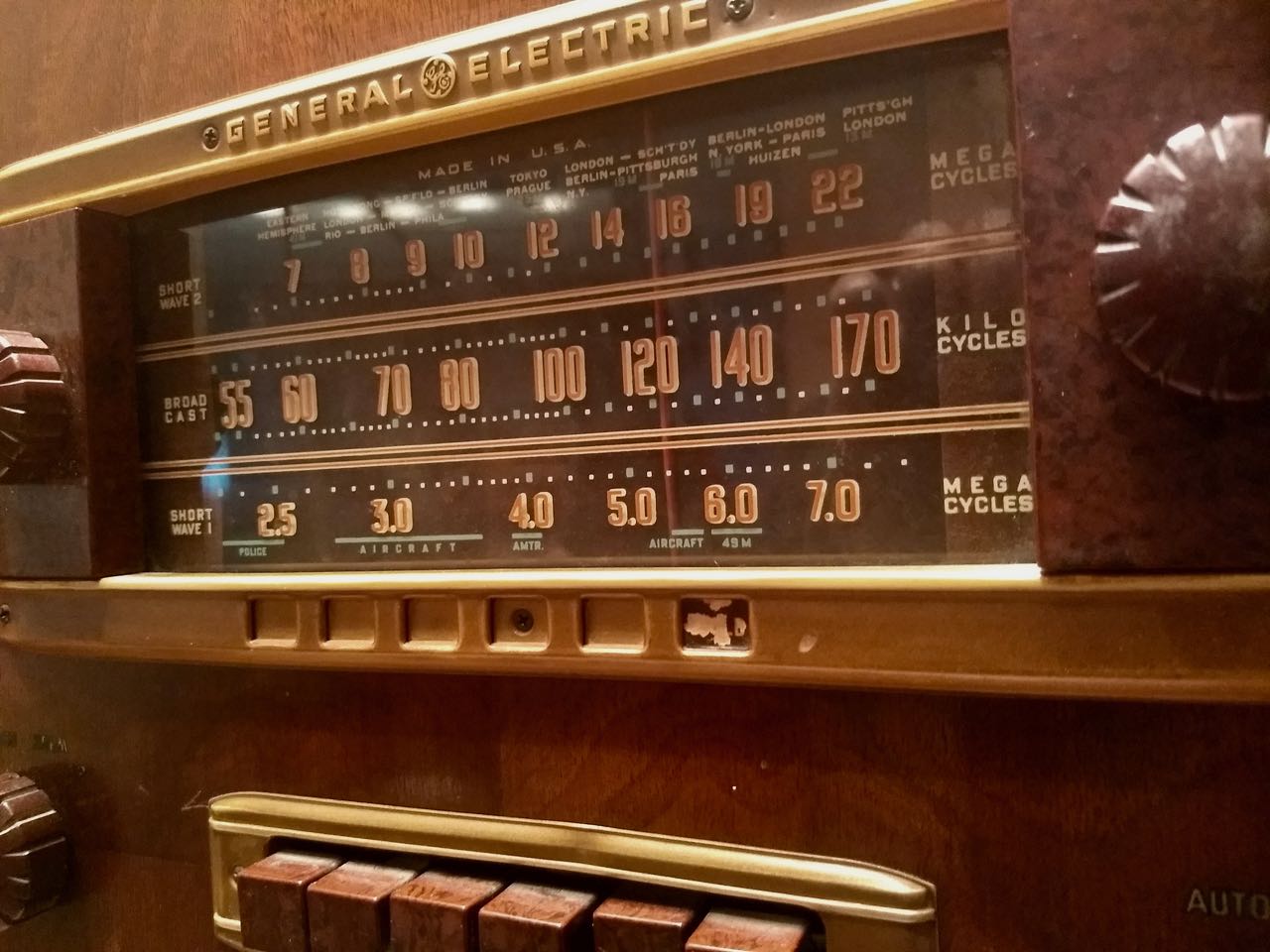WSNJ FM (Bridgeton, NJ): "Moods in High-Fidelity" circa 1960s
/(Image Source: FadedSignals.com)
Many thanks to SRAA contributor, Bill Hemphill, who shares the following recording and notes:
Another flea market find. Date unknown – but most likely early 60’s.
This is an off-air recording of WSNJ radio (most likely the FM broadcast), Bridgeton, NJ. After some music, an announcer does station ID, weather, etc. The program “Moods in High-Fidelity” starts at about the 3’30” point. From the program introduction:
“We invite you to hear a special musical high-fidelity program designed to demonstrate the finest broadcasting and receiving equipment. Moods in High-Fidelity for your listening pleasure. Almo Audio Showcase and Weathers Industries present the finest in wide-range high-fidelity recordings together with interesting facts about hi-fi.”





















